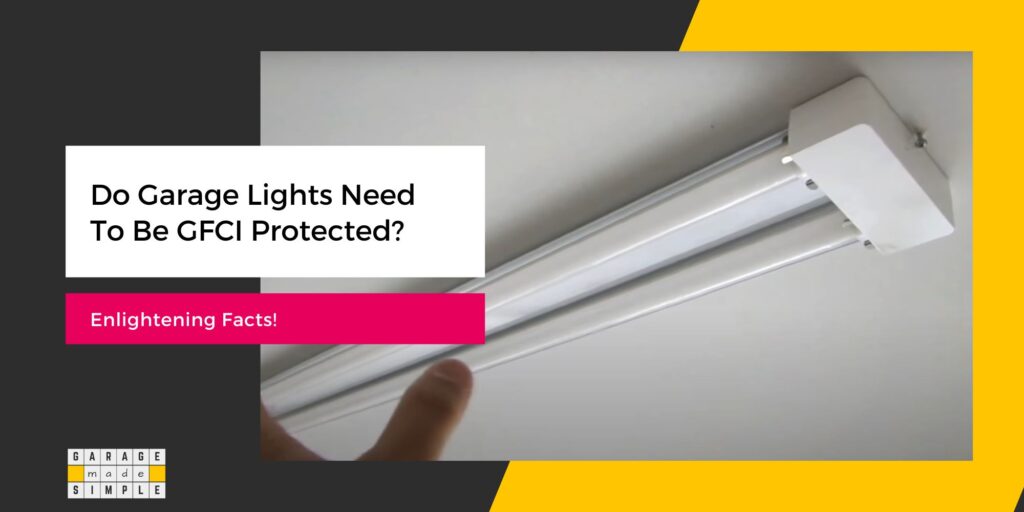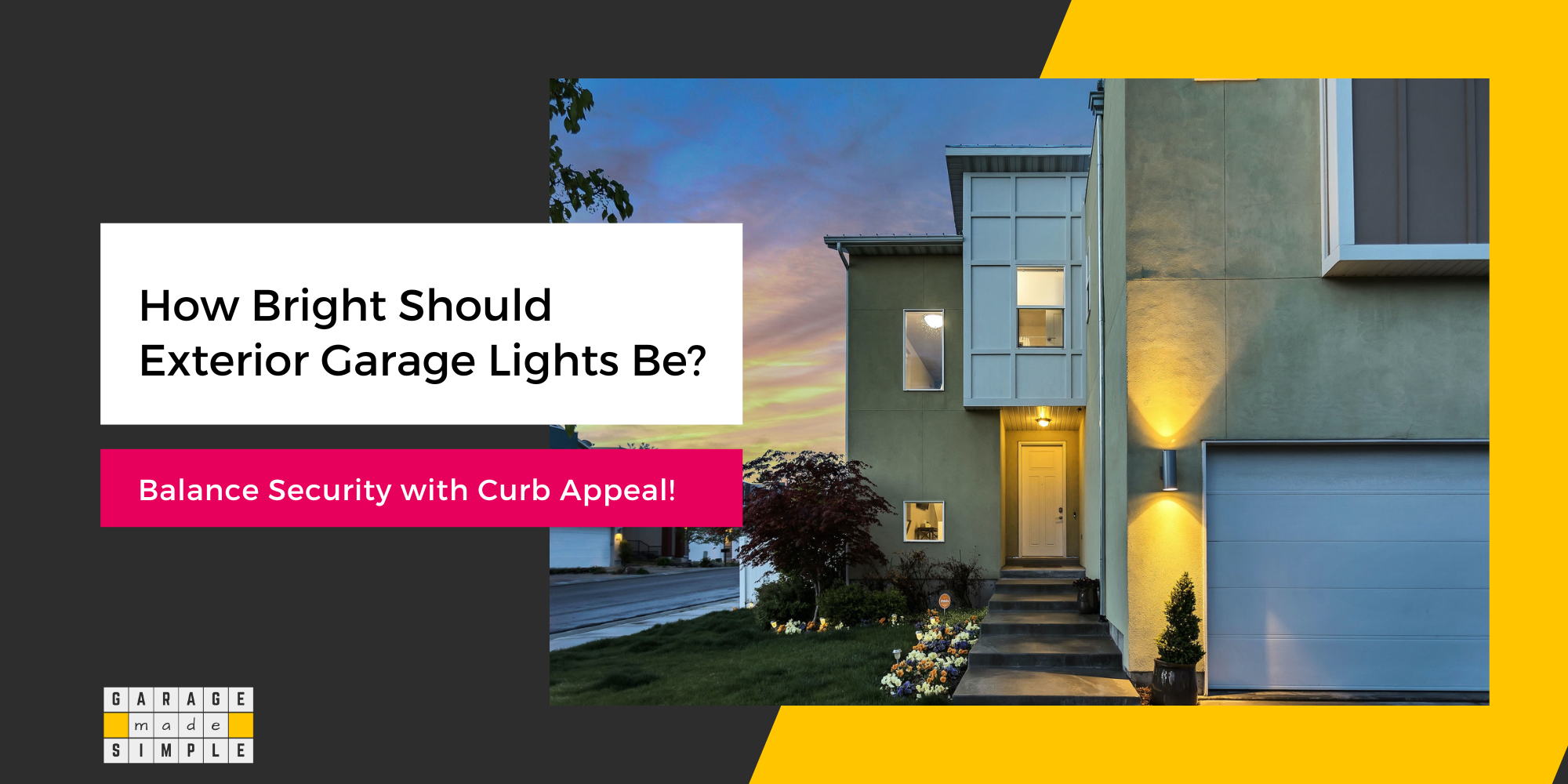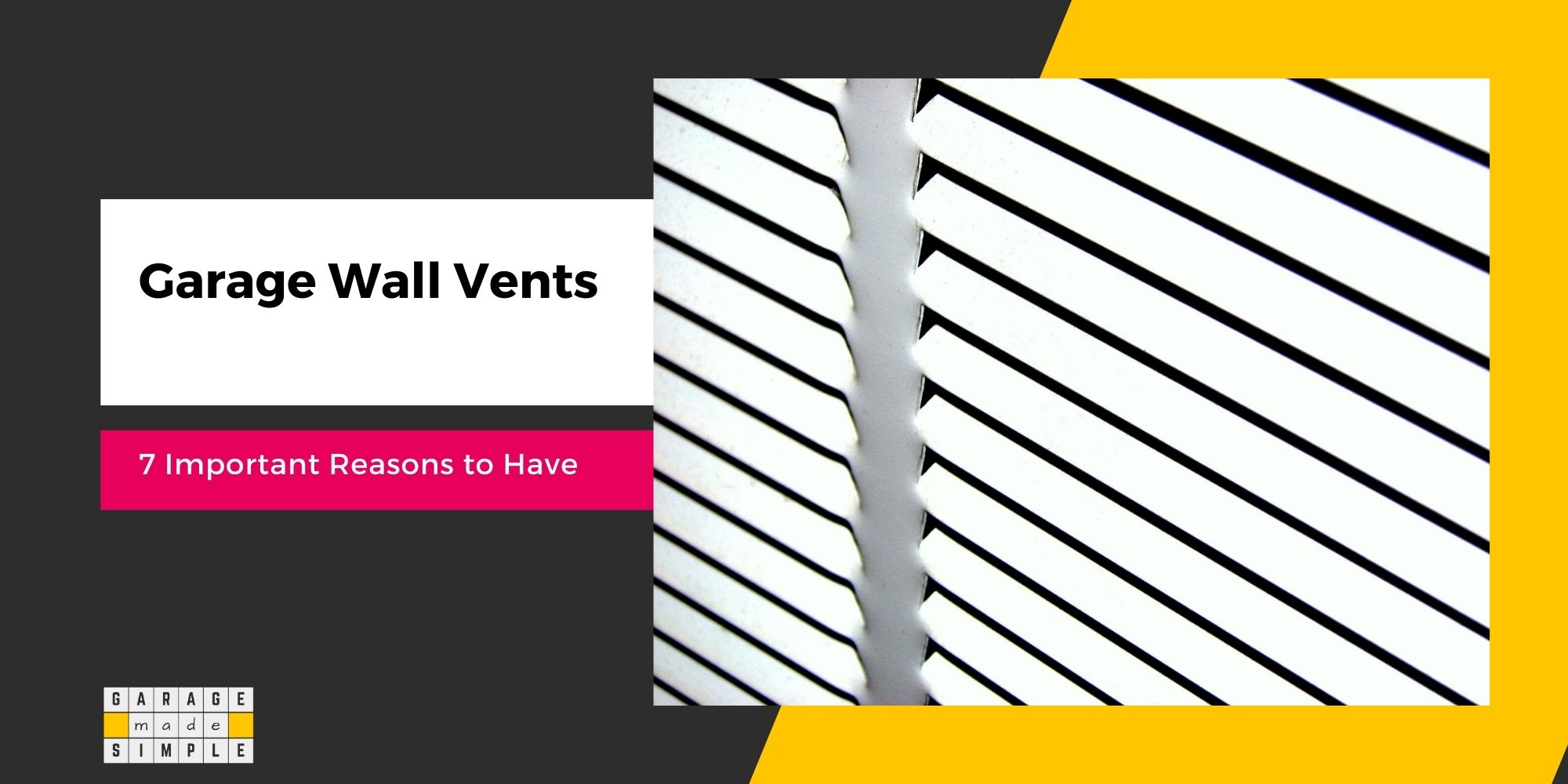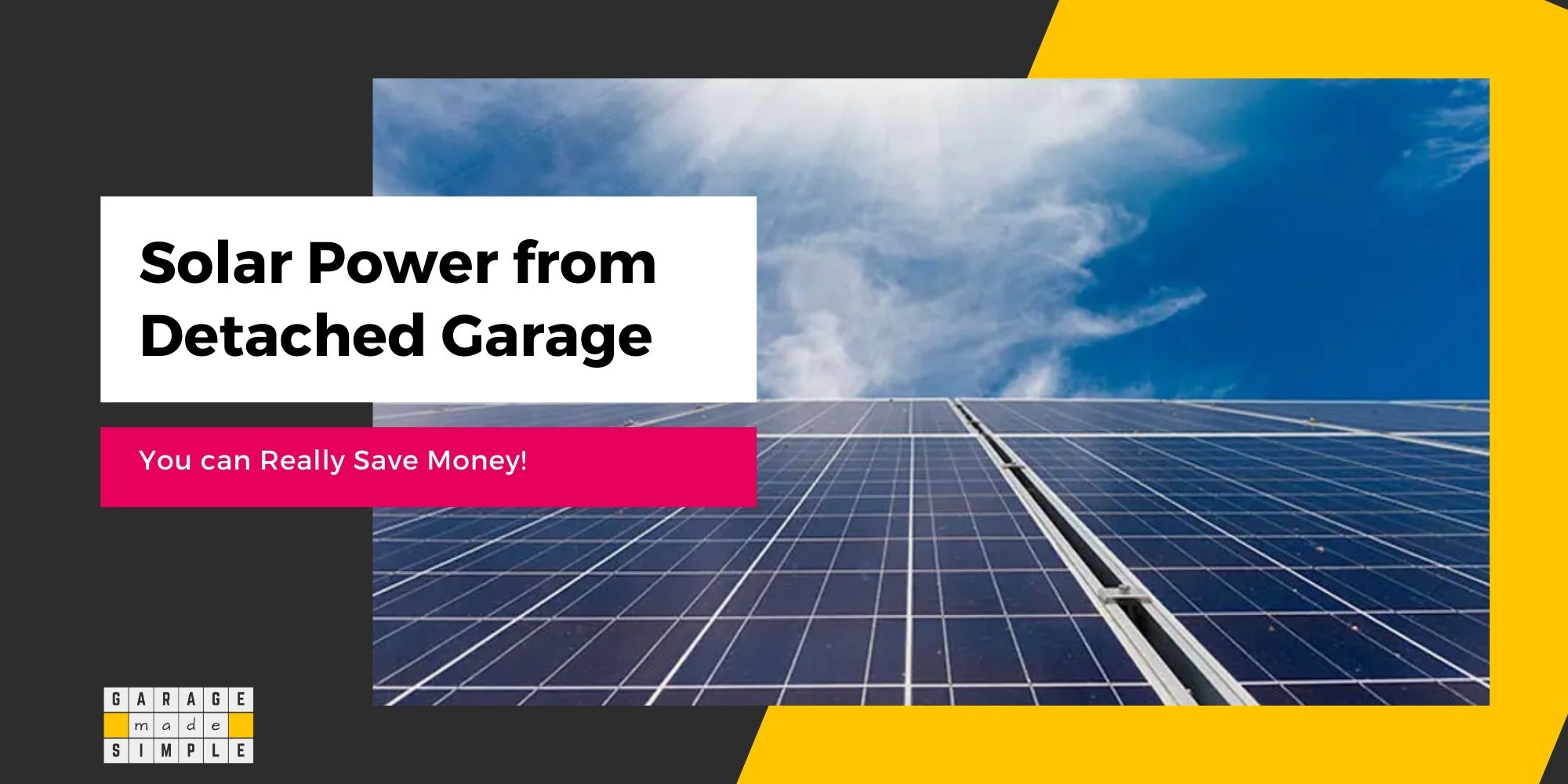Do Garage Lights Need to Be GFCI Protected? (Enlightening Facts!)
As an Amazon Associate, I earn from qualifying purchases.
Do Garage Lights Need to Be GFCI Protected?
Are you planning to install new lights in your garage? Great, but you must ensure you install the approved lights & light fixtures. Most electrical items such as wires & cables, switches & outlets, lights & light fixtures are subject to code & regulations. So, do garage lights need to be GFCI protected?
Section 210.8 of the 2023 National Electric Code (NEC) requires all receptacles in a garage to be GFCI protected. However, there is no requirement for garage lights to be GFCI protected.
If the garage lights are to be plugged into a receptacle, then the receptacle must be GFCI protected. If the garage lights are hardwired then a receptacle is not necessary. The hardwired garage lights, therefore, need not be GFCI protected.
When dealing with electricity you must be conservative and take maximum possible safety precautions.

Not only should you comply with the 2023 NEC code but you should also ensure that the products that you use in the garage, including the garage lighting & lighting fixtures are UL listed or certified.
In this post I will share with you enlightening facts about garage light GFCI compliance, short circuit and ground fault, dry, damp and wet UL rating and much more!
What is the Code for Garage Light GFCI Compliance?
Section 210.8 of 2023 National Electric Code (NEC) Ground-Fault Circuit-Interrupter Protection for Personnel states that:
Ground-fault circuit-interruption for personnel shall be provided as required in 210.8(A) through (F). The ground-fault circuit-interrupter shall be installed in a readily accessible location.
Section 210.8 (A) Dwelling Units further states that:
All 125-volt, single-phase, 15- and 20-ampere receptacles installed in the locations specified in 210.8(A)(1) through (11) shall have ground-fault circuit-interrupter protection for personnel.
Garage is specified in 210.8(A)(2)
Section 210.8 (B) Other than Dwelling Units has a similar provision. Garage is specified in 210.8(B)(8)
The key takeaways from the 20230 NEC code is that GFCI protection is required for receptacles (outlets) and the receptacle (outlet) must be readily accessible.
If you are going to use a GFCI outlet for plug-in lights in the garage then you must ensure that the outlet is readily accessible (say on the garage wall and not higher than 6’ 6”).
What Does UL Light Mean?
You can use any brand or type of garage lights provided they are UL listed. So what does UL light mean?
UL is short for Underwriter Laboratories. UL is empowered to set standards, test and approve a range of products including lights & light fixtures. UL is an independent test laboratory, so a UL listed light guarantees that the light meets the UL standards.
While it is best to use only UL listed or certified electrical products in your home, when it comes to your garage light & light fixtures, you must insist on using UL listed products & brands only.
A garage is prone to flooding, garage walls & ceilings can get damp or wet easily and it often has hazardous & flammable vapor from gas, oil, paints, household chemicals, etc. This is why a garage is considered an hazardous space. Any laxity on safety can result in avoidable, unforeseen accidents.
Lights & light fixtures are rated separately for 1) Dry Locations, 2) Damp Locations and 3) Wet Locations by UL.
Dry Locations
A dry location is not normally subject to dampness or wetness. Many indoor locations such as bedrooms or living rooms fall in this category.
Damp Locations
Damp locations are protected from the weather and are not likely to get saturated with water under normal conditions. However, the protection does not include protection from moisture. A damp location may be subject to varying levels of moisture ranging from moderate to high.
Both indoor and outdoor locations may fall in the damp location category. Indoor examples are basements, laundry rooms, garages, etc. Outdoor examples are covered patios, porches, awnings, canopies, carports, etc.
Wet Locations
Wet locations have no protection from the weather and are highly likely to get inundated with water when it rains or snows. Wet locations are not only completely exposed but are either embedded or in close proximity to earth or water bodies.
Typical examples are landscape lighting, garage door lights, pool lights, decorative lights around ponds or water fountains.
The definition used by NEC and UL may differ slightly in the wording but mean the same in spirit.
Download a PDF from https://hew.com/specifications/70555.pdf if you want the exact wordings.
DISCLAIMER: What Is the Safest Way to Handle Electrical Wires?
This post is for information only. I strongly recommend that all electrical work should be entrusted to licensed professional electricians. In case you do decide to do some of the work yourself, make sure that:
“Treat all electrical wiring, even “de-energized” ones as if it is live, unless it has been locked out and tagged”
You must follow the basic safety guidelines:
- Use protective eyewear, especially when drilling or grinding metal
- Wear insulated rubber gloves when working on any circuit or branch circuit
- Always use insulated tools while working with electricity
- De-energize the electrical wires on which you will be working. Tag the circuit breaker to prevent someone from switching it on accidentally
- Electrical wiring in wet or damp locations or underground must be within a PVC conduit
- Underground wiring conduits should be at least 18 inches below grade as per code
- All receptacles for equipment that could be in wet or damp locations should be equipped with Ground Fault Circuit Interrupter (GFCI)
- Never use old frayed cables, damaged insulation, or broken plugs
- High-voltage equipment should be properly grounded to ensure electricity flows directly to the ground and not through the person in contact with the live wire
FAQ
What Is a Short Circuit?
A short circuit occurs when electrical current flows outside of the intended circuit, without any significant resistance. In wiring terms it means that the “hot” wire has come in contact with the “neutral” wire.
The main danger from a short circuit is increased risk of fire as electric current can “arc” when it jumps from “hot” wire to “neutral” wire.
What Are Common Causes of Short Circuit?
Some of the common causes of short circuits are:
* week or damaged insulation
* rodents eating up insulation
* loose electrical connections
* appliance overload
What is a Ground Fault?
A ground fault is in a type of short circuit. Ground fault occurs when electrical current flows outside the intended circuit and into the ground. A ground fault is distinguished from a short circuit by the fact that the current follows a path of least resistance to the ground.
In wiring terms it means that the “hot” wire has come in contact with the “ground” wire, directly or indirectly.
The main danger of a ground fault is that it can result in personnel getting an electric shock and even cause electrocution, should the person accidently become the conductor to the ground.
What Are the Common Causes of Ground Fault?
Some of the common causes of ground fault are:
* water getting into receptacles (outlets)
* damaged wiring
* overloaded circuit
* old appliances
What is GFCI?
GFCI is an abbreviation for Ground-Fault Circuit-Interrupters.
GFCI enabled receptacles and branch circuits shut down the circuit in case of any ground fault. A GFCI uses a current transformer to detect the difference between the line current supplied to the load and the neutral current returning from the load.
Bottom Line
The bottom line is that garage lights do not need to be GFCI compliant but the outlet in which they will be plugged must be GFCI protected.
The best practice is to use UL listed damp rated garage lights indoors and UL listed wet rated garage lights outdoors.
Thank you very much for reading the post. I do hope you found it informative and useful.






